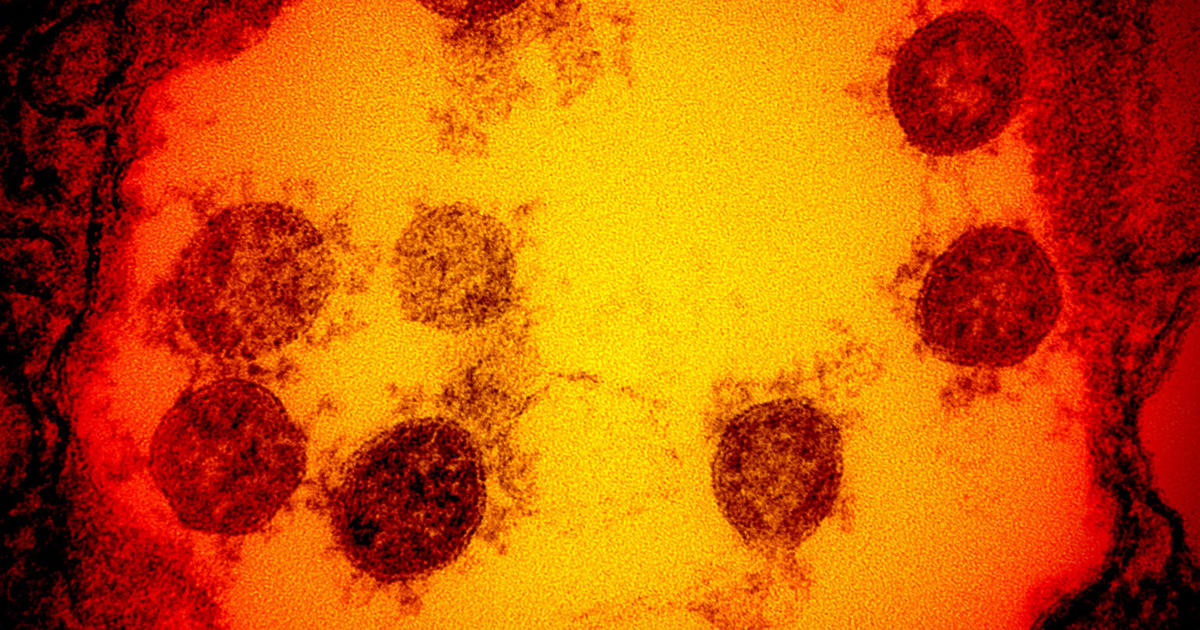
Medical experts have warned for months that the United States lags far behind other countries in coronavirus research, both in terms of speed and completeness of approach. In early December, the discovery of a faster spread of COVID-19 in the UK made urgent the need for genetic sequencing that will help determine whether treatment regimens and vaccines remain effective against new mutations in the virus.
In the US, the first case of British variant B.1.17 was discovered in Colorado in December, and since then at least 15 states have identified strains. Public health experts say it is likely to spread unseen here, a victim of the country’s delayed COVID-19 sequencing campaign, and warned that other new domestic variants could move without anyone’s knowledge.
It is estimated that the United States will lag behind more than 30 nations in their sequencing effort, according to a Broad Institute analysis of the GISAID Global Database.
But Colorado, where the first case of the fastest-spread variant was found in the US, is rushing to reverse this trend. The state has expanded its public health staff and equipment to accelerate its efforts. Its laboratories have identified the genetic sequencing of 1,400 samples so far and are tracking the sequencing of approximately 200 samples per week.
The sequencing process involves extracting and analyzing unique genetic information from a virus sample to look for mutations. These findings help public health researchers track the spread of certain variants of the disease. While mutations are frequent and often harmless, variant B.1.17 appears to spread more easily than previous strains. Both Pfizer and Moderna have said they believe their vaccines will continue to be effective against it.
Even before the Colorado case was identified, laboratories in the state health department conducted diagnostic tests that could immediately signal potential evidence of one of the characteristic mutations of the British variant. It also prepared staff for new procedures to speed up the search for fast-moving errors.
Emily Travanty, scientific director at the Colorado Department of Public Health and the Environment, said she was “really lucky” that the sample of the first case from the United Kingdom to the United States entered her laboratory.
“We don’t have all the samples in the whole state of Colorado, so the sample came here to us and we were looking for some kind of luck,” Travanty said.
Some states have struggled to follow suit. The increasing number of coronavirus cases has forced laboratories to choose between testing the diagnosis of the local population and sequencing the virus, a resource-intensive process that can take several days.
“More than anything else, sequencing has been reduced to staffing,” said Kelly Wroblewski, director of infectious diseases at the Association of Public Health Laboratories (APHL). She said APHL had heard from laboratories frustrated by the “incredibly tight” supply used for both sequencing and other laboratory work.
Researchers at the University of California, Los Angeles were among those who dropped out of sequencing last year on the back of a COVID peak in Southern California.
“We just didn’t have the capacity,” Omai Garner, director of clinical microbiology in the UCLA health system, told CBS News.
“The people I would use for that sequencing are the same people who did the diagnostic tests,” Garner added.
As the Trump administration comes to an end, senior transitional officials in Biden say stepping up sequencing will be a key priority in funds requested from Congress as part of the proposal to rescue President-elect COVID-19.
In November, the Centers for Disease Control and Prevention announced it was expanding its capacity to collect and sequence coronavirus samples from health authorities across the country. Samples sent to CDC labs identified the first cases of B.1.1.7 in several states, including Texas, Indiana and Pennsylvania, state public health officials told CBS News.
This month, Illumina and LabCorp announced new CDC contracts to sequence samples of SARS-CoV-2, the virus that causes COVID-19. Illumina has since identified 51 of the first 54 cases of variant B.1.1.7 in the country.
The CDC also announced in December that it is releasing approximately $ 15 million in funding to support local sequential efforts through the Epidemiology and Laboratory Capacity (ELC) program, which has been rolled out to some public health front-line laboratories. of the pandemic.
A spokesman for the Massachusetts State Public Health Laboratory said the agency received $ 3.4 million in ELC funds, which were allocated for new staff, equipment and supplies. In Utah, officials said the CARES Act funding and an ELC grant of about $ 176,000 helped the state increase its sequencing capacity to about 3,000 samples a day. And in Arkansas, a spokesman said he expects their ELC money to be “soon.”
“They, like us, are growing fast,” Travanty told the CDC. She says the CDC has now doubled the amount of evidence it has asked states for its strain surveillance program.